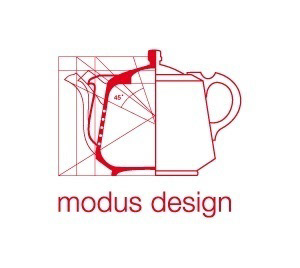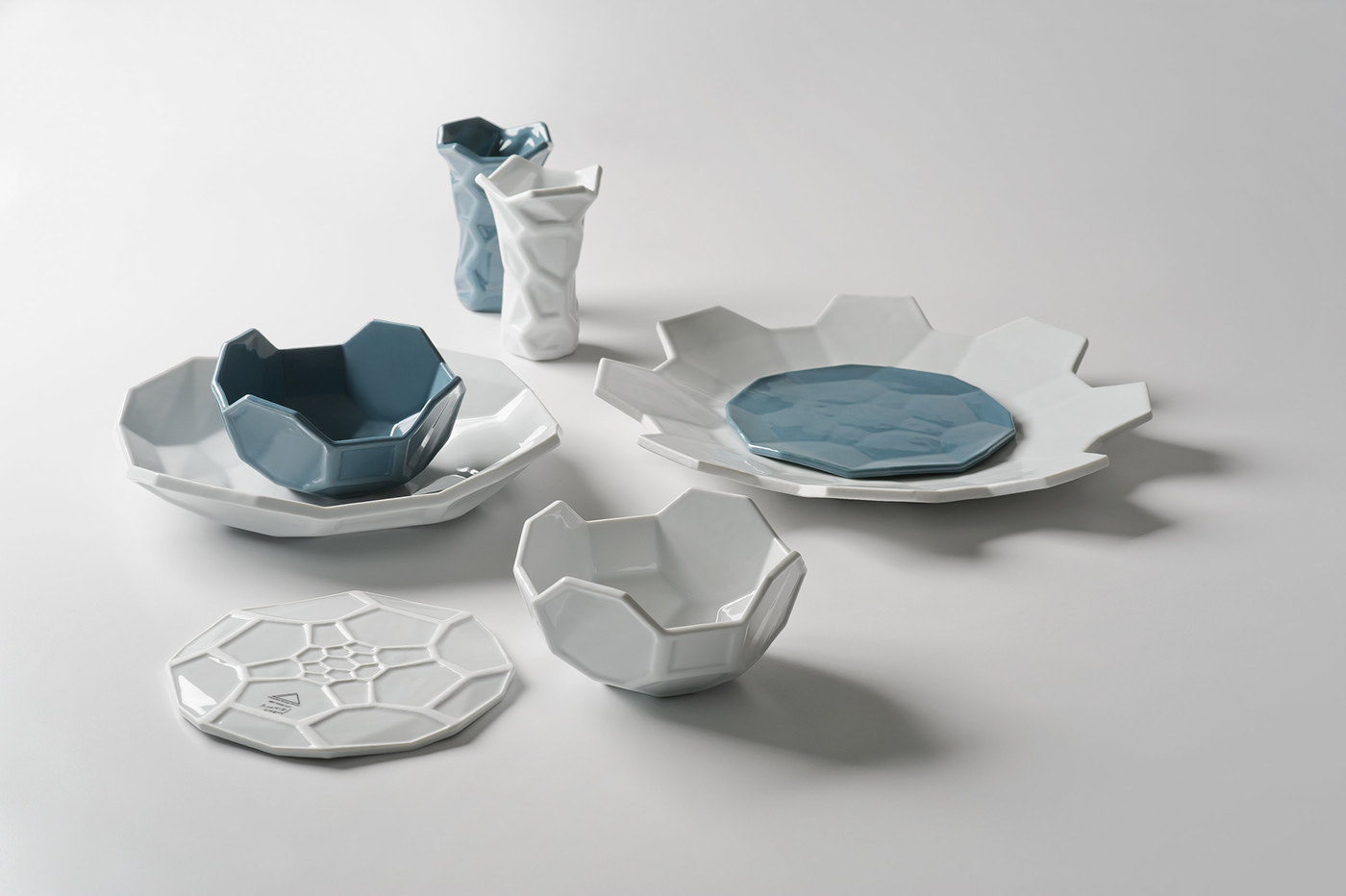
ARCELAIN: Consuming from Architecture
The Design Challenge was to create a tableware experience that stimulates our senses. Modus Design, which brings contemporary tableware ceramics for innovative usage in industrial production, chose to focus their attention on the human senses and the way people participate in culinary experience. Modus Design was motivated by recent development in the experimental cuisines, which offer even more tangible and amorphous substances, as culinary exploration is directed for the total senses, and formed Art Food Poland.
Designing within the culinary frame opens bundles of possibilities for innovative interpretations of forms, utensils and tabletop objects which offer stimulated contact between our senses and food substances.

Process:
I took an interest in parametric modeling after witnessing it within the design and architecture field and wanted to explore abstract concepts using this process for product development. Instead of the traditional approach of hand drawing contours or modeling of prototypes, the designs are driven by numerical parameters that create ideation of cohesive family of products that brought forth the opportunity to create series, with the consideration of formal proportions of tableware, and the technical considerations of thickness of porcelain, producing a futuristic aesthetic that makes one question the experience of consuming from geometric unnatural forms that breaks the handmade artisan conventional design language from slip casting.
Designing a family of tableware that all inherit from a common ancestor- the architectural surfaces that is described by a set of defined design drivers, with the designs sharing a common genome, and each individual form expressing various traits based on a set of revolving loft curves.
Slip Casting Process


















Outcome:
Arcelain (Architecture and Porcelain) is a tabletop collection that overlaps the boundaries between architecture paneling and the topology of ceramic ware to create products that stimulate contact between our senses and food substances. Its tactile quality is accentuated with a frame that roots from the bottom along the edges to emphasize its zesty touch while redesigning the feet of porcelain ware. It is an in-depth design investigation using parametric, rule-based, and generative design techniques in Rhino and grasshopper.



Read more about it here.
Check out other designs from Art Food 2015.


